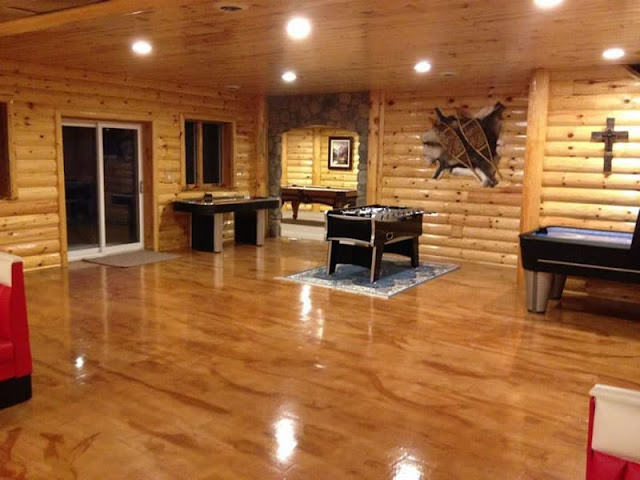Epoxy Flooring for Hospitals and Healthcare Facilities: A Hygienic Option
Hospitals and healthcare facilities are some of the busiest and most demanding environments when it comes to hygiene and cleanliness. With patients, staff, and visitors constantly coming and going, these facilities require flooring that is durable, easy to clean, and hygienic. Epoxy flooring is a great option for hospitals and healthcare facilities, as it offers a range of benefits that meet the unique demands of these environments.
One of the main advantages of using epoxy flooring in hospitals and healthcare facilities is its durability. Epoxy flooring is made up of two components, the resin and the hardener, that when combined, form a strong and resistant coating. This makes it ideal for high traffic areas, such as hallways and waiting rooms, as it can withstand the weight of heavy equipment, foot traffic, and rolling beds. Additionally, epoxy flooring is resistant to scratches, chemicals, and stains, making it a great choice for areas such as laboratories and pharmacies.
Another benefit of epoxy flooring is its ease of maintenance. Hospitals and healthcare facilities require constant cleaning and disinfecting to prevent the spread of germs and infections. Epoxy flooring can be easily cleaned with a damp mop or cloth, and spills can be wiped away with ease. Unlike traditional flooring options, epoxy flooring does not require waxing or polishing, saving healthcare facilities time and money in the long run.
Epoxy flooring is also a hygienic option for hospitals and healthcare facilities. The seamless and non-porous surface of epoxy flooring prevents the growth of bacteria and other microorganisms. This is especially important in areas such as operating rooms and intensive care units, where cleanliness and hygiene are crucial. Additionally, epoxy flooring can be customized to include antimicrobial properties, adding an extra layer of protection against the spread of germs and infections.
When it comes to installation, epoxy flooring requires a professional installer due to its unique composition and curing process. The surface must be properly cleaned and prepared before application, and the two components must be mixed in the correct proportions to ensure a strong and durable coating. Once applied, it takes several hours to cure, and healthcare facilities should avoid walking on the surface for at least 24 hours to allow the flooring to fully dry.
In conclusion, epoxy flooring is a hygienic and durable option for hospitals and healthcare facilities. Its ease of maintenance and resistance to scratches, stains, and chemicals make it a practical choice for these high traffic environments. Additionally, its seamless and non-porous surface prevents the growth of bacteria and other microorganisms, ensuring a clean and safe environment for patients, staff, and visitors. If you are considering epoxy flooring for your healthcare facility, be sure to consult with a professional installer to ensure that your surfaces are properly prepared and coated for optimal results.
.jpg)


Comments
Post a Comment